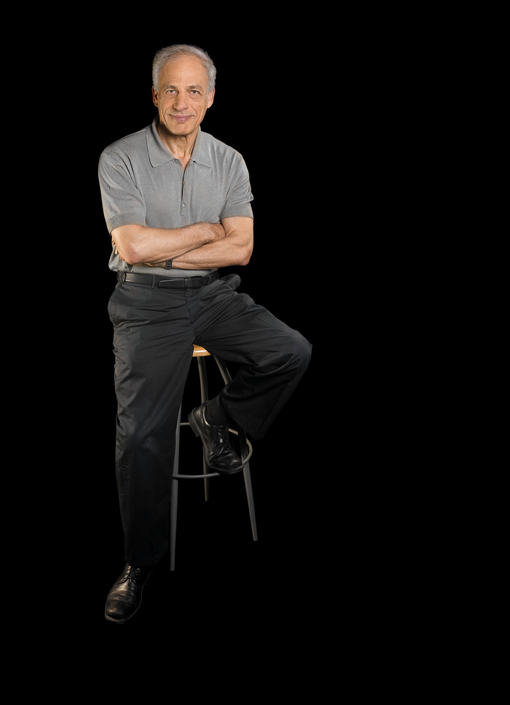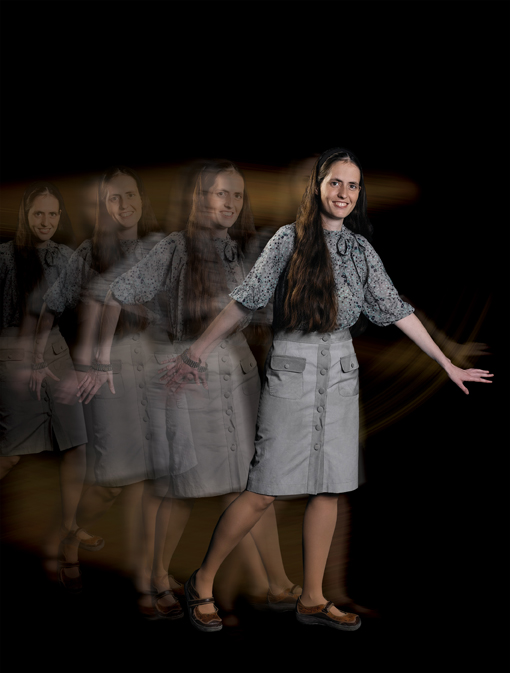Are you a journalist? Please sign up here for our press releases
Subscribe to our monthly newsletter:

Aristotle realized that most of what we know of the world comes to us through our eyes. But how does that information – transferred from the eye via encoded signals – get deciphered, stored and retrieved in the brain? Prof. Shimon Ullman of the Computer Science and Applied Mathematics Department helped found a branch of science that investigates how our brains process visual input. "Vision is our model," he says. "It's a window we can use to peek at general cognitive processes such as thought and memory."
Ullman was among the first to use theoretical computation techniques to conduct brain research. Together with his research team, he builds mathematical models that simulate the brain's information-processing activities. Such models are as good as their ability to "understand" what they "see." A simple model could pick out the figure of a person, even one embedded in the background. A more advanced model could recognize a known person and, in the next stage, could tell if that person was happy or sad. A large part of this knack lies in the ability to compare the image in sight to a stored collection of "interpreted images" in the memory banks. These insights might shed new light on thought, memory and learning in the brain. They may aid in developing new methods of treatment for neurological diseases, as well as providing the basis for new products and advanced tools for the electro-optics, aviation and space industries.
Prof. Shimon Ullman is the incumbent of the Ruth and Samy Cohn Professorial Chair of Computer Sciences.

Having to choose sometimes means we lose out on the thing not chosen. Photographers know this when they opt to focus their lens on a flower in a natural setting. Both the far-off tree and the nearby rock will come up fuzzy in the image – a choice that's irreversible once the photo is snapped. But Dr. Anat Levin, who recently joined the Institute's Computer Science and Applied Mathematics Department, is not satisfied with this state of things. "We're still thinking within the constraints of analog photography; but now that we have computers to process digital data, these constraints no longer exist," she says. Levin's challenge is to extract the information contained in the computer picture files and use it to sharpen the image all over.
Levin's research takes an integrated approach to both the design of the camera lens and the computer algorithm for processing the image. The optical system she has developed includes segments of lenses with different ranges of focus combined in a sort of compound lens. By using these lenses together with the special algorithms, much more information can be obtained from the simple act of light passing through a camera lens, and the resulting pictures can be blur-free, even in photos of moving objects or those with deep backgrounds. In the future, these improvements might have applications in medical imaging and security.
Dr. Anat Levin's research is supported by the IPA Prize for a Promising New Scientist, funded by Dana and John R. Burgess and Stacey and Gregg Steinberg; the Sara Lee Schupf Postdoctoral Award funded by the Clore Foundation; and S. Donald Sussman.